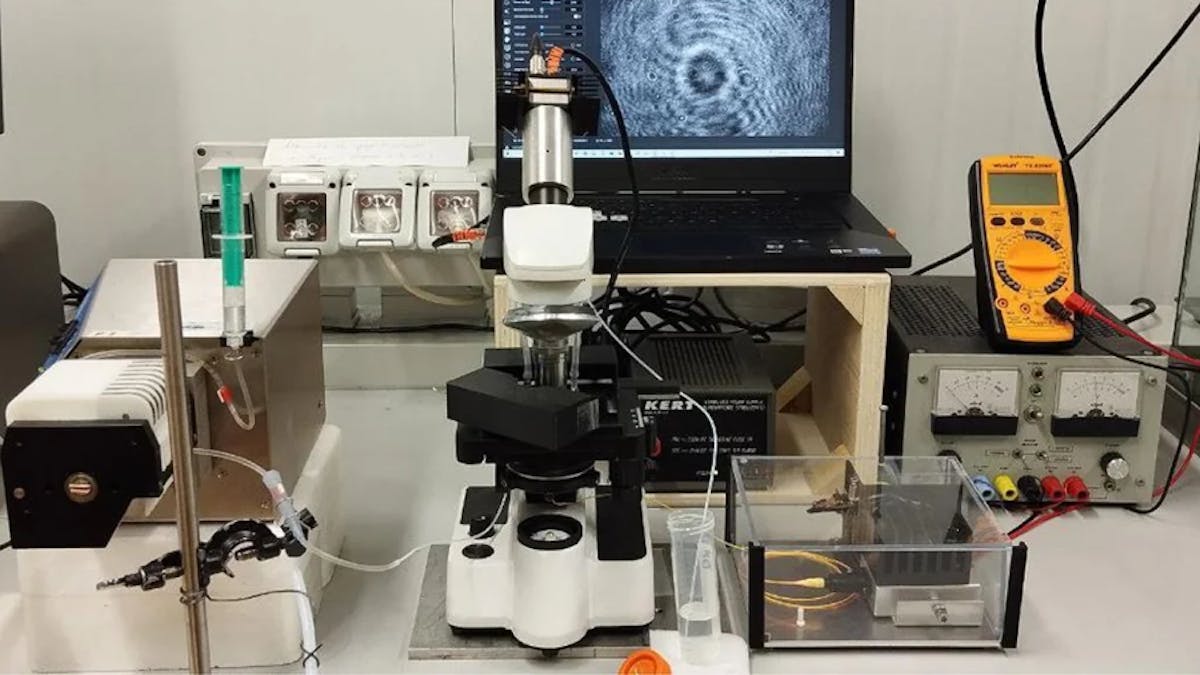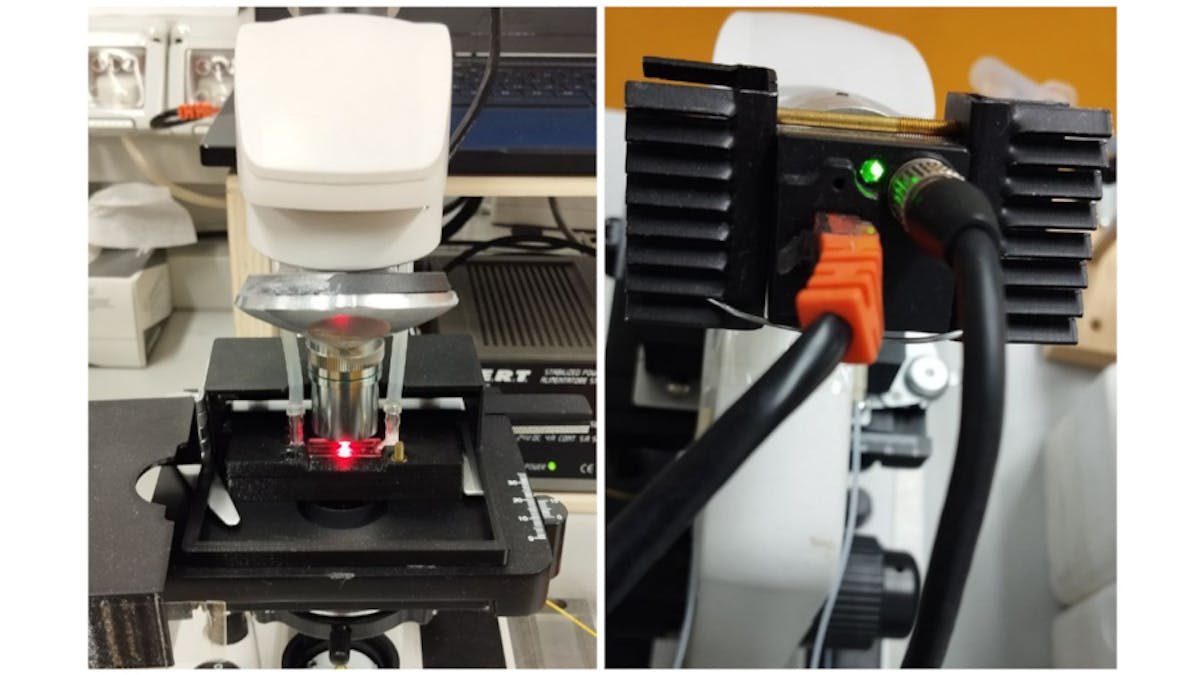A Raspberry Pi 3 Drives This Low-Cost, Remote-Controllable "Digital Holographic Microscope"
"With our implementation, [Digital Holography] can be easily operated by a large user community without a specific optical laboratory."

Researchers from the University of Milano-Bicacca and the University of Milan have designed a low-cost "holographic microscope" — built by modifying an off-the-shelf optical microscope with a laser light source and powered by a Raspberry Pi 3 Model B single-board computer.
"We chose the Raspberry Pi3 because it is relatively cheap and has more RAM and onboard storage compared to most development boards with similar features, although it requires a full-fledged operating system," the team explains of its choice of board for the project. "These characteristics make it suitable for performing memory-expensive tasks such as image processing and the variance filtering. In addition, while microcontrollers often have a limited number of I/O [Input/Output] pins, Raspberry Pi 3 offers a wider range of GPIO (General Purpose Input/Output) pins along with additional interfaces such as USB external storage devices."

The researchers' reasoning will be familiar to anyone who has also picked the popular Raspberry Pi range of single-board computers for a project, but what it's powering is a little unusual: a "holographic microscope," designed for holographic imaging of electromagnetic fields created through the interaction of subject particles and a beam of laser light. "Several morphological and optical features can be extracted from the holograms," the team explains, "including particle projected section, aspect ratio, and extinction cross-section."
Holographic microscopy, as opposed to traditional optical microscopy, is well-suited for studying airborne particles — and the team proved the efficacy of its creation using Alpine ice cores as a sample. The microscope itself started life as a Bresser Erudit DLX 40-1000x optical microscope, modified by swapping out its white LED light source for a Thorlabs 642nm laser and collimator. A 3D-printed assembly mounts the sample where the slides would normally go, and a a CMOS camera sensor captures the holographic interference pattern produced as the sample interacts with the laser.
"The hardware works regardless of the choice of the optical microscope or camera," the researchers claim of their design, which can be controlled remotely via a smartphone app using the Raspberry Pi's Wi-Fi or Bluetooth radios. "With our implementation, DH [Digital Holography] can be easily operated by a large user community without a specific optical laboratory, using already available tools."
The team's work has been published under open-access terms in the journal HardwareX.
Freelance journalist, technical author, hacker, tinkerer, erstwhile sysadmin. For hire: freelance@halfacree.co.uk.

